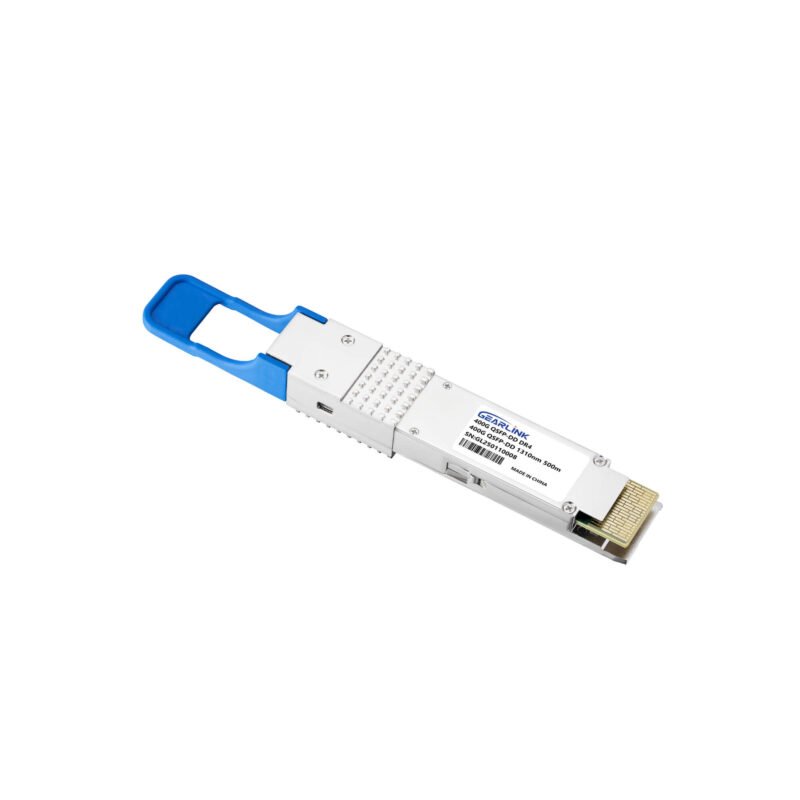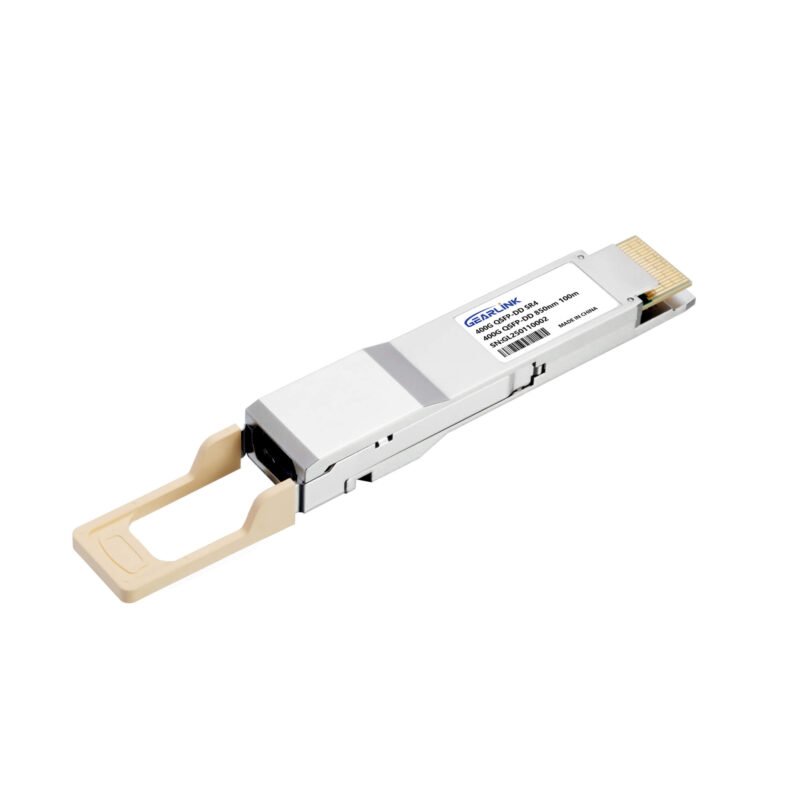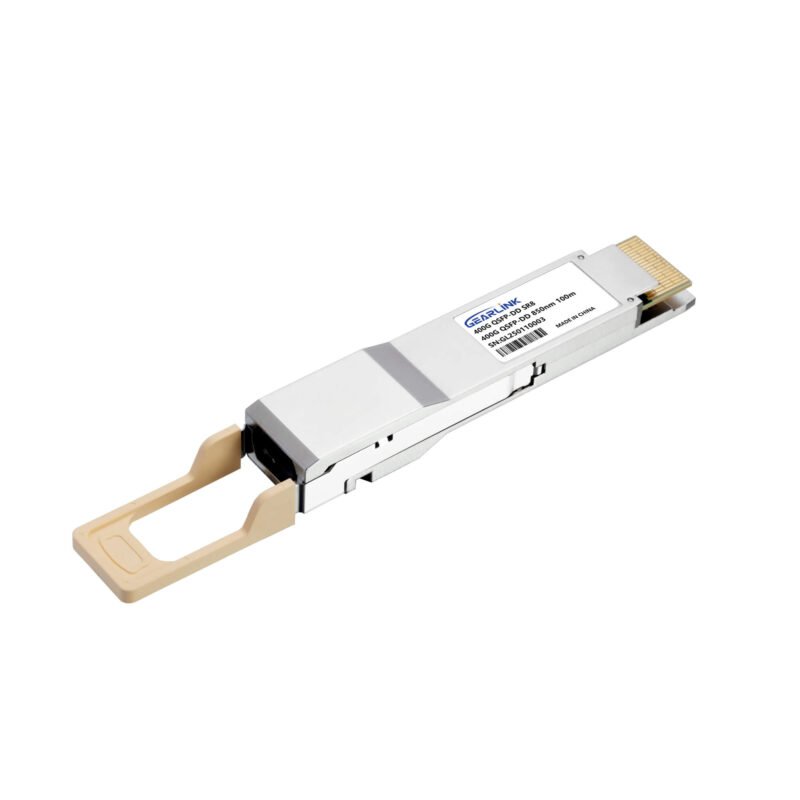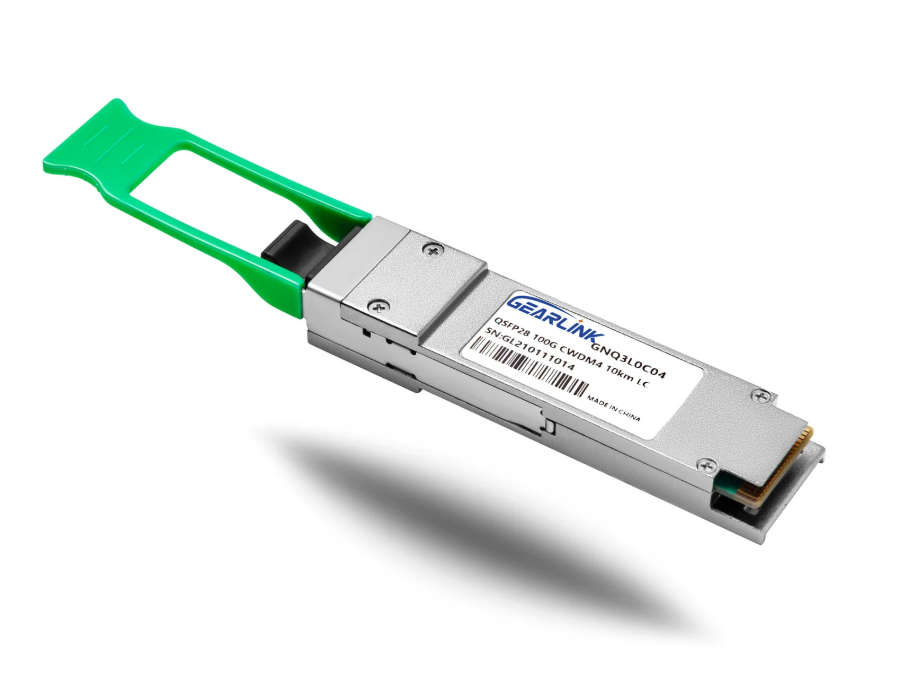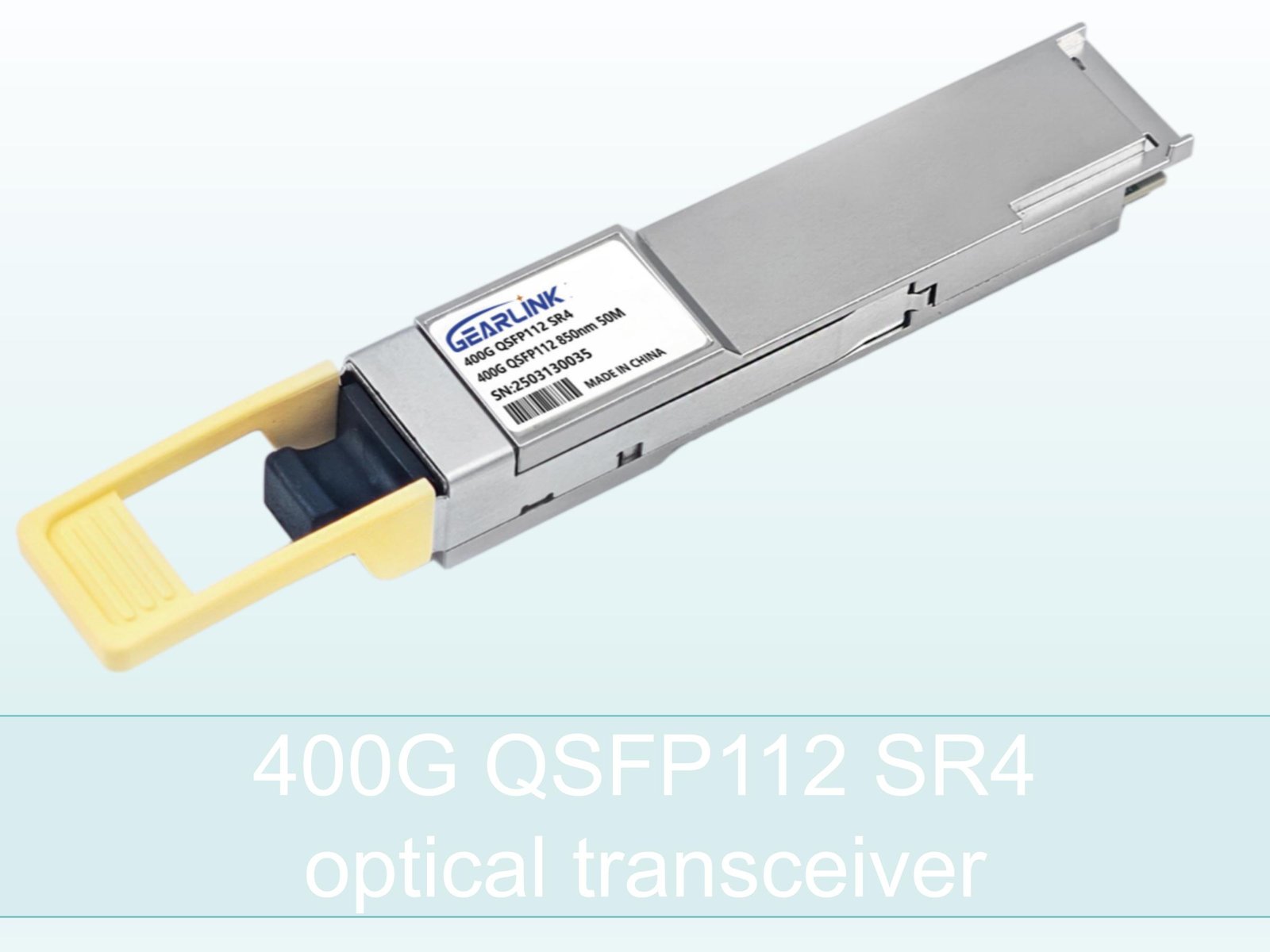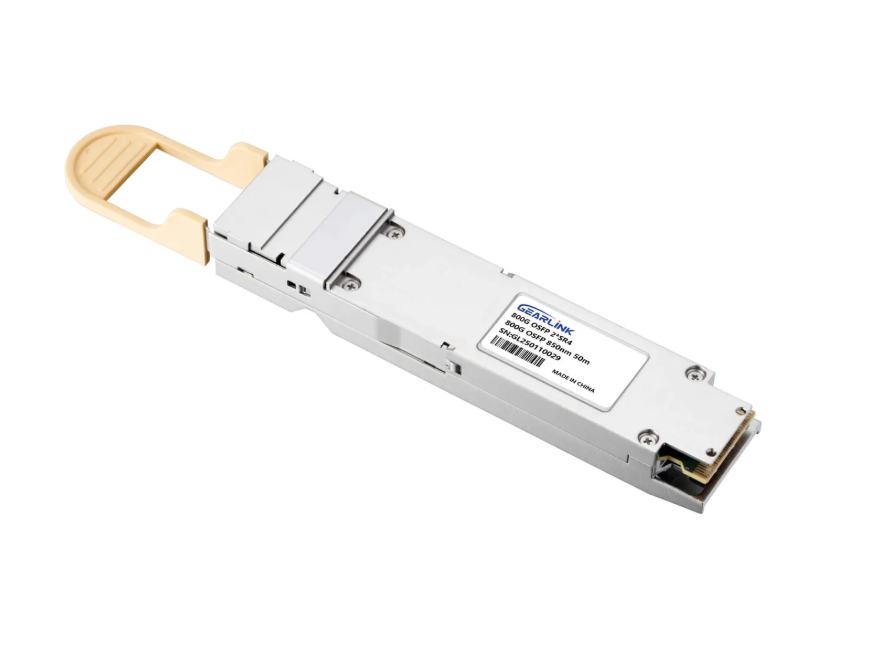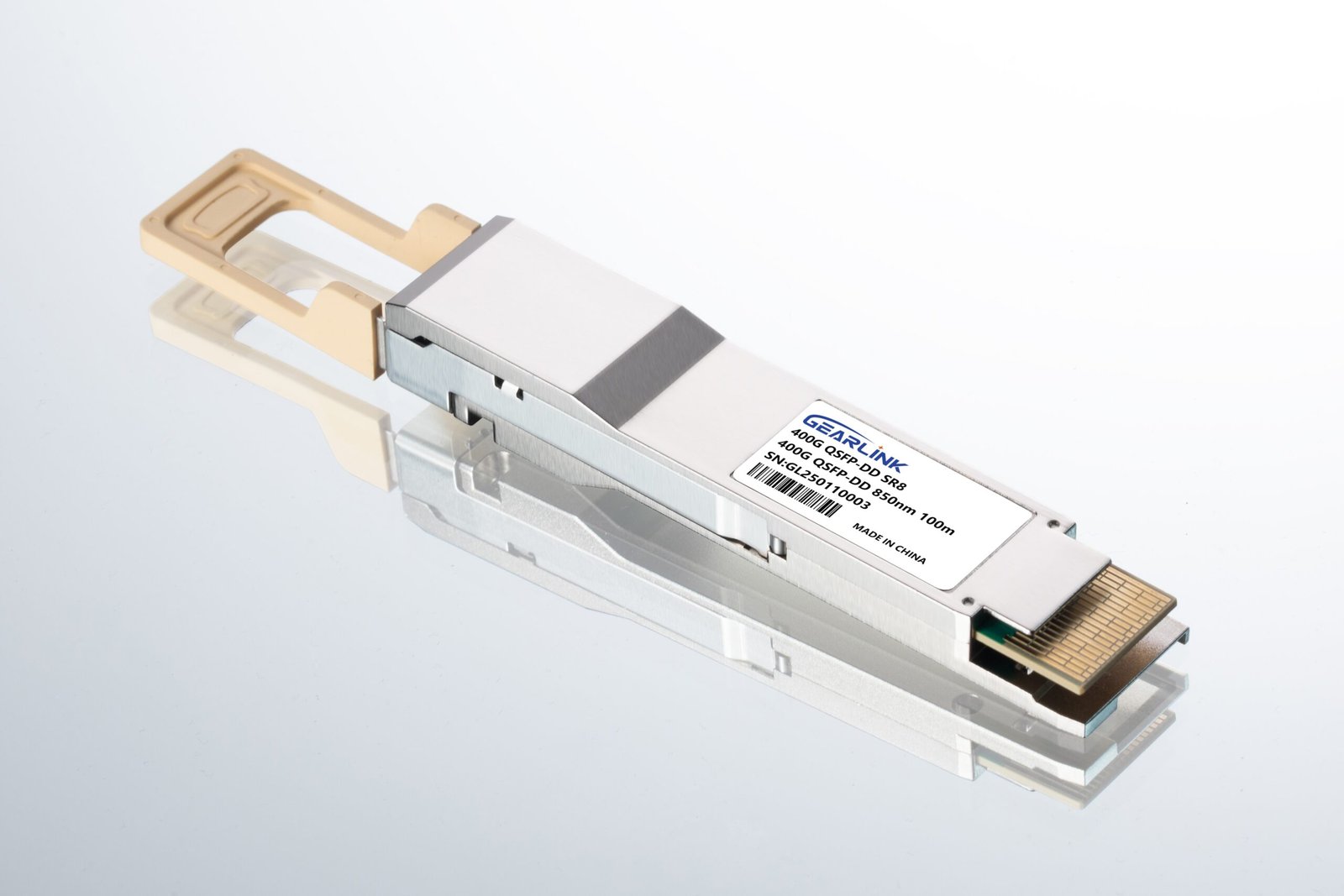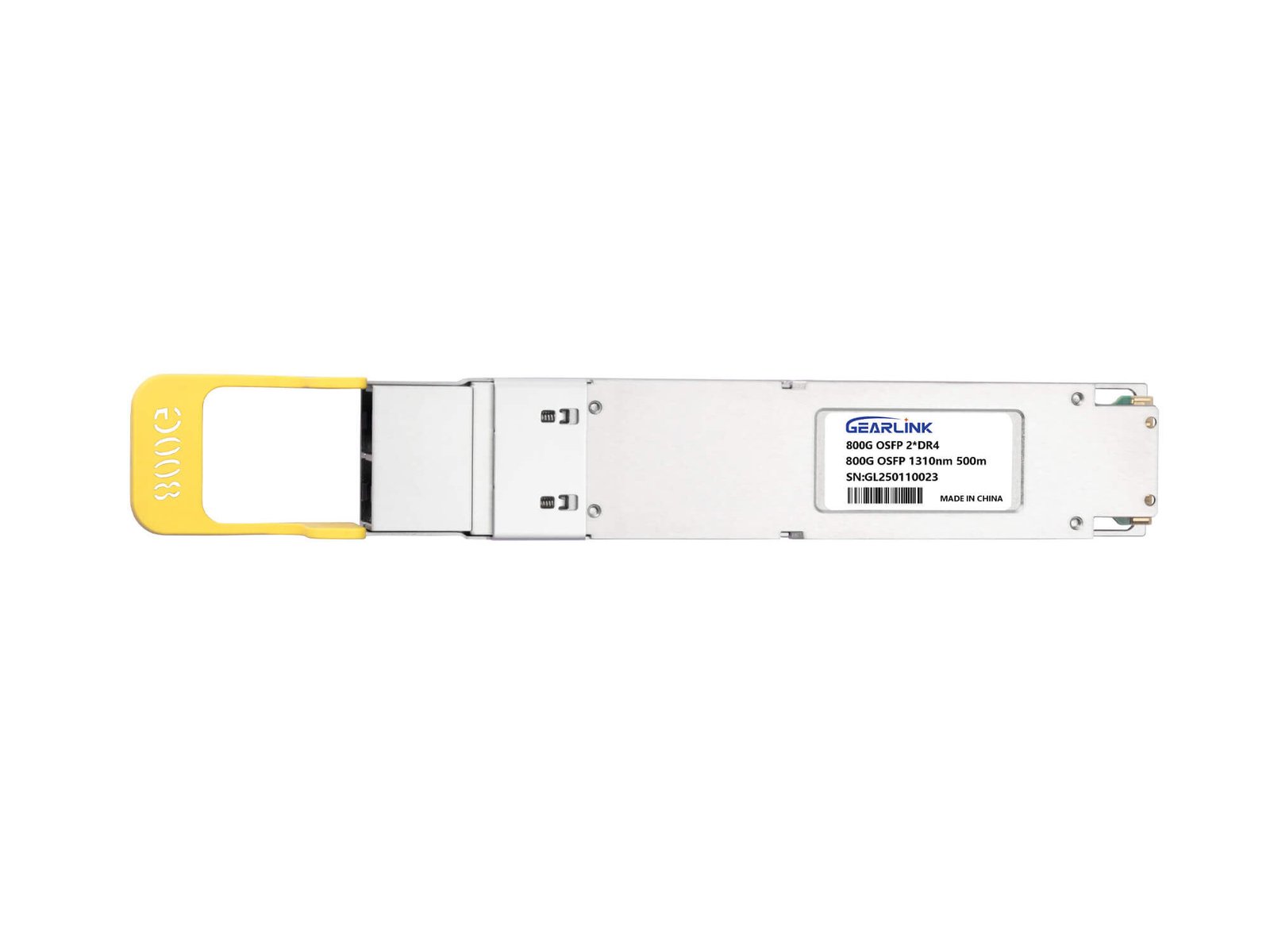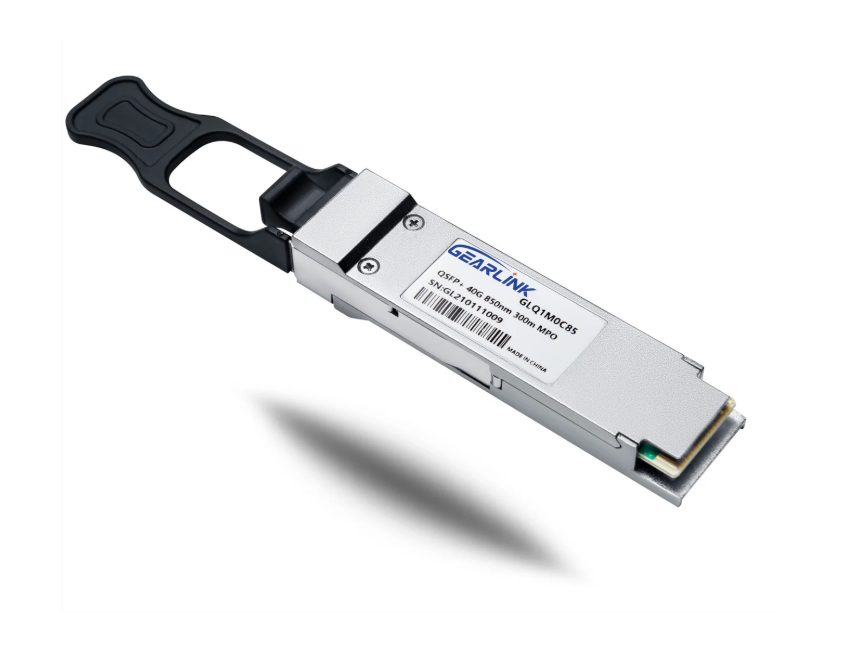The relentless growth of data consumption, driven by cloud computing, AI, and machine learning, has fundamentally reshaped the landscape of data center infrastructure. Network engineers and product users are constantly grappling with the challenge of scaling bandwidth while maintaining power efficiency and port density. This critical need for higher capacity has propelled the development and adoption of next-generation optical modules, with the 400G QSFP-DD SR8 emerging as a cornerstone technology. This powerful module offers a significant leap in performance, proving indispensable for the short-reach interconnects that form the backbone of modern, high-speed data centers. Understanding its technical specifications, application potential, and inherent advantages is paramount for anyone involved in designing or procuring optical networking solutions.
Understanding the Architecture and Innovation Behind the 400G QSFP-DD SR8
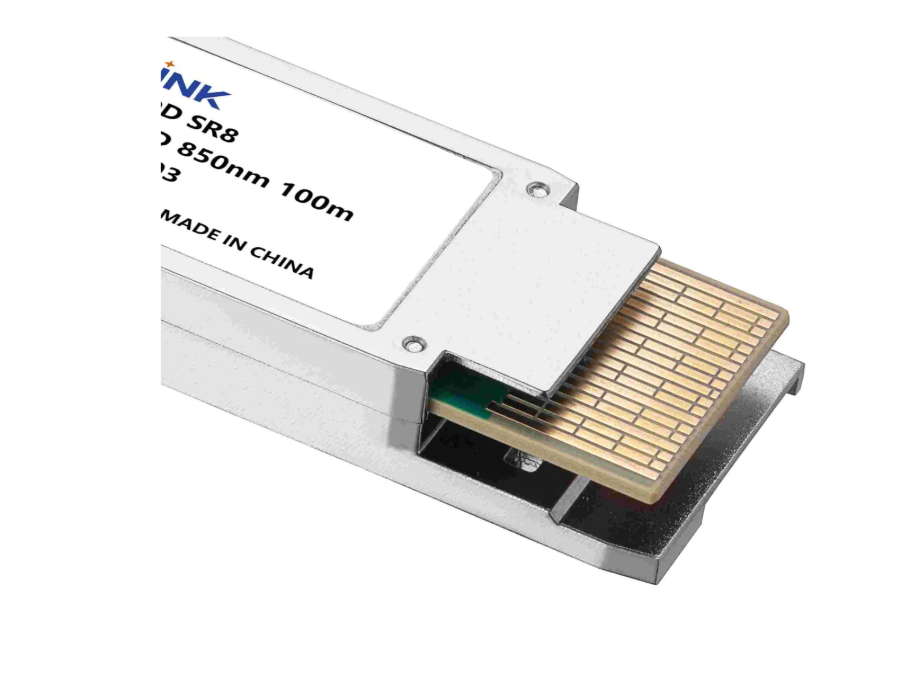
The journey towards 400 Gigabit Ethernet (400GbE) has involved several form factors and specifications, yet the Quad Small Form-factor Pluggable Double Density (QSFP-DD) stands out for its backward compatibility and superior density. This form factor effectively doubles the number of high-speed electrical lanes supported by the traditional QSFP module, hence the “Double Density” designation. The 400G QSFP-DD SR8 specifically leverages this architecture to deliver an aggregate 400Gbps bandwidth over Multi-Mode Fiber (MMF).
Technical Deep Dive: How the SR8 Configuration Achieves 400G
At its core, the SR8 (Short Reach 8-lane) designation indicates the module’s method of achieving 400G: by utilizing eight parallel optical lanes, each operating at 50 Gbps. This parallel approach is critical for the module’s performance and is distinctly different from serial transmission methods.
Initially, each of the eight electrical lanes on the host board is processed using sophisticated PAM4 (Pulse Amplitude Modulation 4-level) signaling. This advanced modulation technique allows for the transmission of two bits of data per signal symbol, effectively doubling the data rate compared to the older NRZ (Non-Return-to-Zero) signaling, without significantly increasing the signaling rate. Subsequently, these eight electrical lanes are converted into eight independent optical channels. These channels are transmitted simultaneously over eight pairs of multi-mode fibers, totaling 16 fibers (8 Tx, 8 Rx). The module utilizes MPO-16 (or MPO-24) connectors to manage this fiber count, which is a key physical distinction from lower-density modules.
Consequently, this parallel optical engine architecture is perfectly optimized for short-reach applications, typically up to 70 meters on OM3 fiber or 100 meters on OM4/OM5 fiber. This reach is ideal for switch-to-switch and server-to-switch connectivity within a single rack or across adjacent racks in a hyperscale environment. Therefore, the 400G QSFP-DD SR8 is recognized not just as a high-speed component, but as a critical element facilitating ultra-high-density network topology.
The Distinct Advantages and Application Spectrum of the 400G QSFP-DD SR8
The adoption of the 400G QSFP-DD SR8 is driven by several compelling advantages that directly address the pain points of scaling data center networks. Its combination of density, proven technology, and flexibility makes it a powerful asset for future-proofing infrastructure investments.
Unmatched Port Density and System Scaling
One of the most significant features of the QSFP-DD form factor is its ability to double the port density on a switch faceplate compared to older generations like the QSFP28, which is essential for realizing massive port counts in high-radix switches. This density is crucial for “leaf-spine” and “mesh” architectures prevalent in modern cloud networks. Furthermore, the 400G QSFP-DD SR8 boasts excellent thermal management capabilities, often operating within a highly optimized power envelope, which translates directly to lower operating expenditures and a reduced overall carbon footprint for the data center. Its efficiency is a major focus for industry leaders concerned with the environmental impact of massive data growth.
Flexibility via Breakout Functionality
A major practical benefit for network architects is the module’s support for breakout configurations. Since the 400G QSFP-DD SR8 operates over eight independent 50G lanes, it can be configured to connect to multiple lower-speed ports. Specifically, a single 400G QSFP-DD SR8 can be broken out into 4×100G (using 4×2 fibers) or even 8×50G ports. This capability offers unparalleled flexibility in network design, allowing data center operators to transition from 100G or 200G infrastructure to a 400G-ready environment incrementally, maximizing the utility of existing equipment while preparing for full 400G deployment. This strategic versatility ensures a smoother, more cost-effective migration path.
Primary Application Focus in Optical Networking
The primary domain for the 400G QSFP-DD SR8 remains within the data center, where it excels at fulfilling specific, high-bandwidth roles:
- Server and Storage Connectivity: Connecting high-performance servers, especially those dedicated to AI and machine learning workloads, directly to top-of-rack (ToR) switches at 400G speeds, providing the necessary throughput for massive parallel processing.
- Intra-Rack and Adjacent-Rack Interconnects: Providing the massive backhaul bandwidth between Leaf and Spine switches within the same cluster, minimizing latency and maximizing fabric efficiency over short reaches.
- High-Density Patching: Ideal for use in large-scale patching zones where high port counts are aggregated for distribution to various parts of the cluster.
In essence, the module acts as a vital bridge, reliably transporting unprecedented amounts of data across the shortest yet most critical links in the network hierarchy.
The Value Proposition for Optical Module Product Users
For customers of high-quality optical modules like those from OpticTran, the selection of the 400G QSFP-DD SR8 is a strategic decision rooted in performance, reliability, and investment protection. The module represents a mature and standardized technology that provides predictable performance metrics and ease of integration.
Firstly, reliability is paramount. Since the SR8 uses the well-understood and robust VCSEL (Vertical-Cavity Surface-Emitting Laser) technology over multi-mode fiber, it is generally considered a highly stable and cost-effective solution for short distances, especially when compared to complex single-mode alternatives. This inherent reliability minimizes network downtime and simplifies maintenance protocols.
Secondly, the commitment to open standards, such as those governed by the Ethernet Technology Consortium, ensures that the 400G QSFP-DD SR8 from different vendors will interoperate seamlessly. This is a critical factor for large-scale procurement, preventing vendor lock-in and allowing users to source components based on the best combination of performance, cost, and lead time.
Ultimately, the 400G QSFP-DD SR8 offers a compelling value proposition: it delivers the necessary 400G speed, facilitates unparalleled density, and provides operational flexibility through its breakout capabilities—all within a framework of standardized, dependable technology. Consequently, it is an optimal choice for organizations determined to lead the charge into the 400GbE era. By standardizing on this module, users are not merely buying a component; they are investing in the agility and scalability required for the next decade of data center evolution.
Frequently Asked Questions (FAQ)
Q1: What is the maximum reach of the 400G QSFP-DD SR8 module?
A1: The typical maximum reach for the 400G QSFP-DD SR8 is 70 meters when used with OM3 multi-mode fiber and up to 100 meters with higher-grade OM4 or OM5 multi-mode fiber. This makes it ideal for short-distance intra-data center links.
Q2: Does the 400G QSFP-DD SR8 use single-mode or multi-mode fiber?
A2: The 400G QSFP-DD SR8 module is specifically designed to operate over multi-mode fiber (MMF), utilizing VCSEL technology, which is the most cost-effective and reliable solution for short-reach, high-bandwidth parallel optics.
Q3: Can the 400G QSFP-DD SR8 be used with older 100G equipment?
A3: Yes, one of its major advantages is its breakout capability. The 400G QSFP-DD SR8 can be configured to connect to four separate 100G QSFP28 ports on older equipment via a suitable MPO breakout cable, ensuring backward compatibility and facilitating a phased network upgrade.
